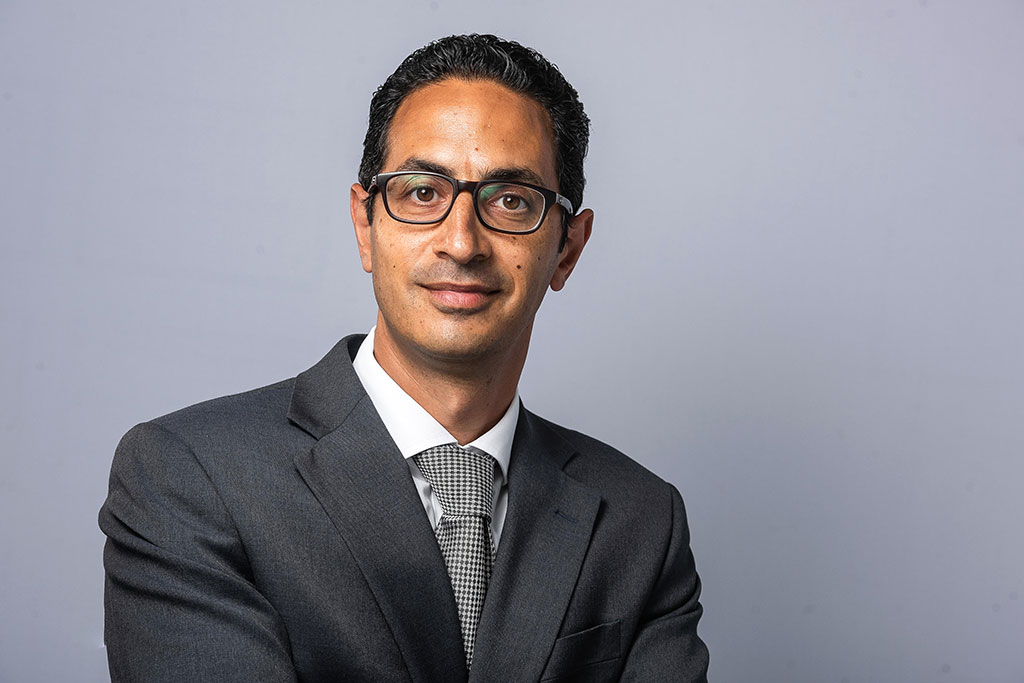The ears are one of the first parts of the body to reach adult size. When the ear projects excessively it can be regarded as prominent.
Around 2% of the population feel that their ears stick out too far. The problem is often inherited, and is caused by a lack of the usual cartilage folds in the ear.
Most cases of prominent ears become a problem in early childhood, often relating to teasing at school. Most surgeons advise that surgery for prominent ears is not undertaken until the child is old enough to understand what the surgery involves. At this stage the child is more likely to be cooperative and happy with the outcome. In addition one must consider that not all adults with prominent ears wish them to be corrected. Therefore if one operates on children prior to the acquisition of understanding a proportion will have been subjected to unnecessary surgery. For this reason, and because ear cartilage is often soft in the early years, operations for prominent ears are rarely performed on children under the age of five.
Otoplasty is the term used to describe the surgical correction of prominent ears. Most surgeons recommend that this operation in not carried out until a child’s ears are fully grown, which is usually around the age of eight. Some doctors will argue that the child should be left to decide for themselves. There is no right or wrong answer to this issue each child should be treated individually.
The surgery involves a general anaesthetic for children, although adults may be operated on under local anaesthetic only. During the operation, a cut is made behind the ear close to the groove between the ear and the side of the head. This incision exposes the cartilage, the ear maybe set back by scoring the front surface to weaken the cartilage, removing a small piece of the cartilage bowl (concha) or by inserting some stitches at the back of the ear to reshape or to rotate it closer to the head. Once this is done, the skin is closed with a stitch and a protective bandage or head garment is usually applied.
Thehe procedure is performed as a day case without the need for an overnight stay in hospital. If surgery is late afternoon or evening a one night stay is reasonable. Bandages are not always necessary although many surgeons use them to provide a little protection. Depending on the patients age they maybe removed between one and seven days later. After seven to ten days the stitches at the back of the ear are removed if necessary. Some surgeons advise the use of a headband at night and while playing sport for six weeks. Young patients can return to school after a week, and can resume all normal physical activities after six weeks. They will usually have follow-up appointments at one week and about three months after the operation. There will be some discomfort following an otoplasty, and in some cases, patients may experience bleeding, bruising, infection and scarring. Very occasionally a corrected ear may drift back out, requiring a second operation. However, the operation is usually very successful, with 90-95% of patients happy with the outcome.
| Surgery duration | ... |
| Type of anaesthesia | general anaesthetic |
| Compression/support garment | ... |
| Time in hospital | ... |
| Time off work | ... |
| Recovery time | ... |
| First follow up appoinment | 1 week |
Around 2% of the population feel that their ears stick out too far. The problem is often inherited, and is caused by a lack of the usual cartilage folds in the ear.
Most cases of prominent ears become a problem in early childhood, often relating to teasing at school. Most surgeons advise that surgery for prominent ears is not undertaken until the child is old enough to understand what the surgery involves. At this stage the child is more likely to be cooperative and happy with the outcome. In addition one must consider that not all adults with prominent ears wish them to be corrected. Therefore if one operates on children prior to the acquisition of understanding a proportion will have been subjected to unnecessary surgery. For this reason, and because ear cartilage is often soft in the early years, operations for prominent ears are rarely performed on children under the age of five.
Otoplasty is the term used to describe the surgical correction of prominent ears. Most surgeons recommend that this operation in not carried out until a child’s ears are fully grown, which is usually around the age of eight. Some doctors will argue that the child should be left to decide for themselves. There is no right or wrong answer to this issue each child should be treated individually.
The surgery involves a general anaesthetic for children, although adults may be operated on under local anaesthetic only. During the operation, a cut is made behind the ear close to the groove between the ear and the side of the head. This incision exposes the cartilage, the ear maybe set back by scoring the front surface to weaken the cartilage, removing a small piece of the cartilage bowl (concha) or by inserting some stitches at the back of the ear to reshape or to rotate it closer to the head. Once this is done, the skin is closed with a stitch and a protective bandage or head garment is usually applied.
Thehe procedure is performed as a day case without the need for an overnight stay in hospital. If surgery is late afternoon or evening a one night stay is reasonable. Bandages are not always necessary although many surgeons use them to provide a little protection. Depending on the patients age they maybe removed between one and seven days later. After seven to ten days the stitches at the back of the ear are removed if necessary. Some surgeons advise the use of a headband at night and while playing sport for six weeks. Young patients can return to school after a week, and can resume all normal physical activities after six weeks. They will usually have follow-up appointments at one week and about three months after the operation. There will be some discomfort following an otoplasty, and in some cases, patients may experience bleeding, bruising, infection and scarring. Very occasionally a corrected ear may drift back out, requiring a second operation. However, the operation is usually very successful, with 90-95% of patients happy with the outcome.
Surgery duration : ...
Type of anaesthesia : general anaesthetic
Compression/support garment : yes
Time in hospital : ...
Time off work : ...
Recovery time : ...
First follow up appointment : 1 week
Once you have decided you are interested in cosmetic surgery
Mr Saour’s aim is to help you look and feel your best through high quality personalised care.
You will receive all the information preoperatively allowing you to make an informed decision.
Understanding the benefits, implications and potential risks of any type of surgery is of paramount importance.

Internationally recognised
proud to be part of :



